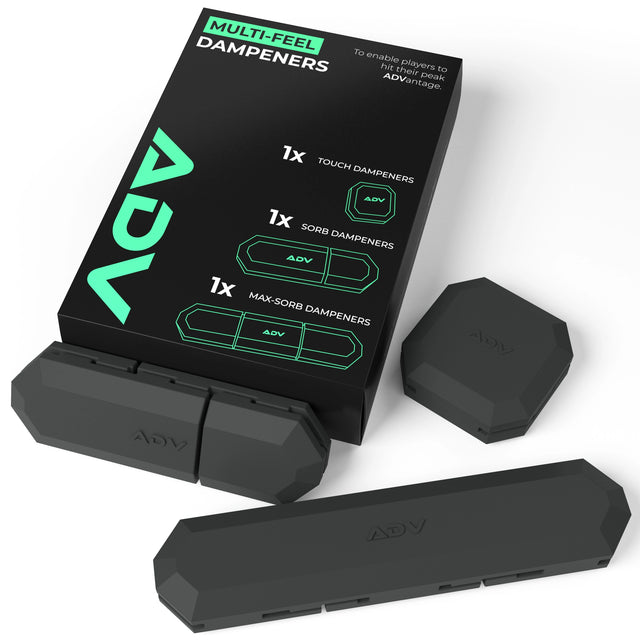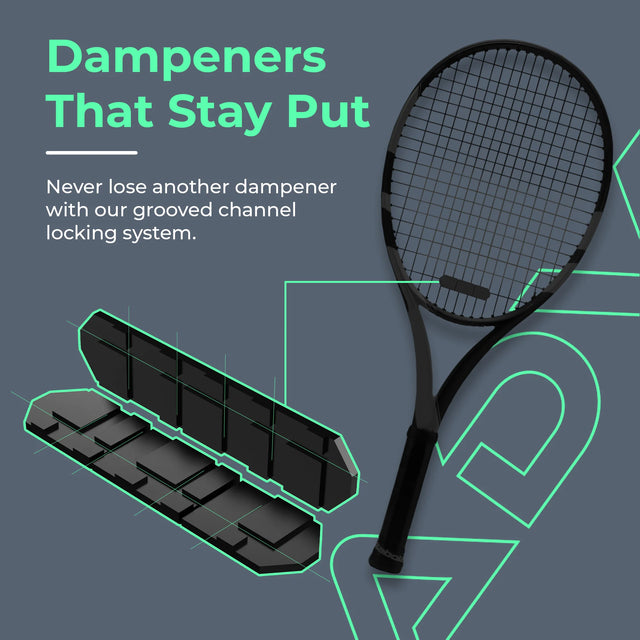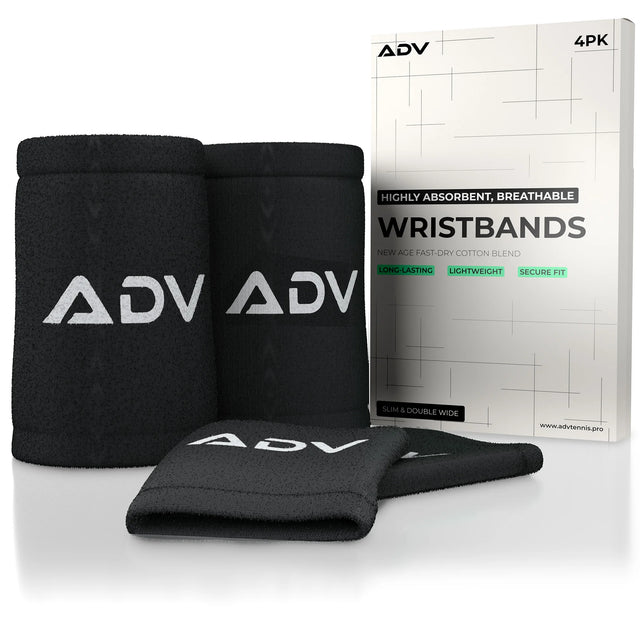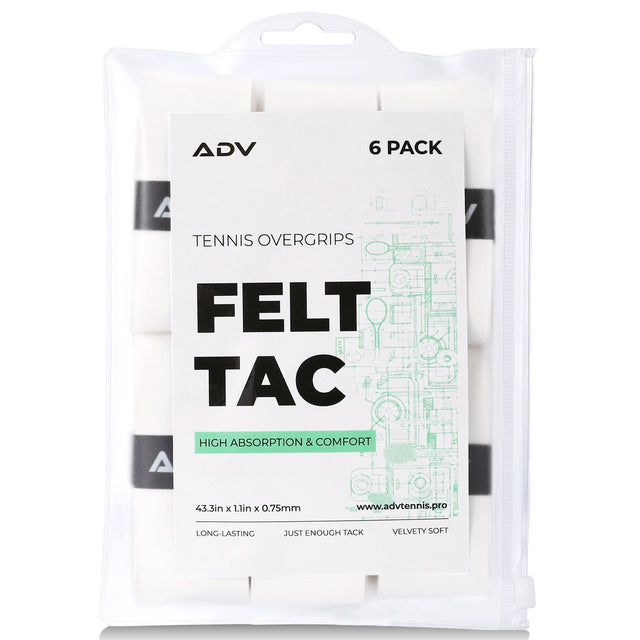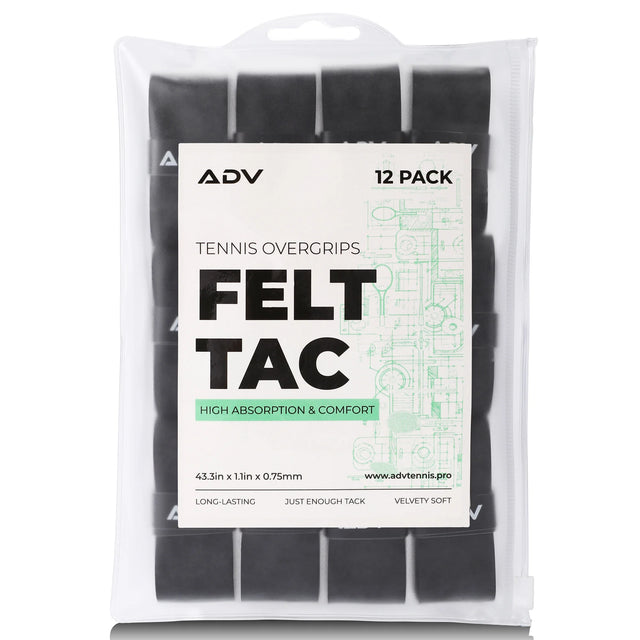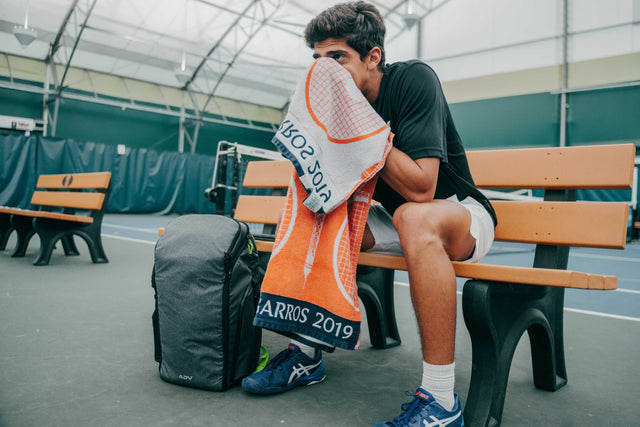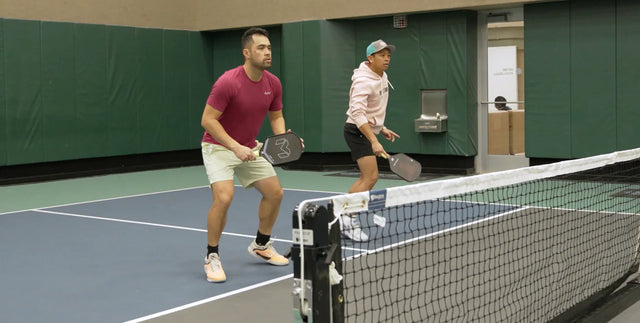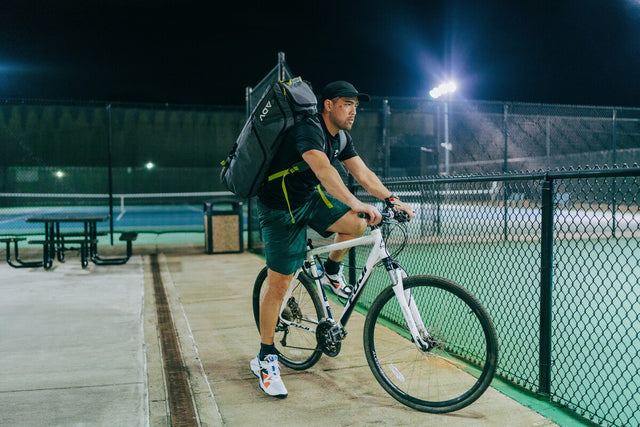How To Choose The Best Backpack For Tennis Racket Storage
In recent years, there’s been a clear trend away from bulky duffel bags toward the more streamlined and practical racket storage backpack. While duffels once dominated courtside, they lacked the smart organization and comfort needed for daily play or travel. Backpacks designed specifically for tennis now come equipped with thoughtful features, such as dedicated racket sleeves, separate compartments for shoes, and built-in ventilation. These options allow players to move easily from the court to the commute without appearing to be lugging sports equipment. As a result, today's best options blend function and comfort, making them ideal for new players and seasoned pros.
Key Features of the Best Tennis Backpacks
Dedicated Racket Sleeves and Padded Compartments
One standout feature in the best tennis backpacks is the inclusion of dedicated racket sleeves. These compartments cradle your racket’s handle and frame, preventing damage from shifting gear or external pressure. Some models go even further by offering thermal lining to protect strings from heat exposure, which can cause tension to loosen over time. This kind of protection is for a player who wants consistency in their game and can benefit from it. Well-placed sleeves also make it faster to grab your racket, minimizing downtime between warm-up and match play. To keep tennis gear secure during transport, many top tennis bags now come with padded interiors and molded bases. Molded bases provide structural support, keeping bags upright, while padded dividers prevent items from shifting around inside. For players commuting on foot, by bike, or by public transport, this level of gear protection is key. It reduces wear and tear not only on the bag itself but also on the equipment stored inside.
Ripstop Materials and Ventilation
Many tennis bags for men use lightweight ripstop nylon or polyester to maintain structure without bulk. Ripstop fabrics resist tears and abrasions, making them ideal for repeated use on rough court surfaces or during travel. Equally important is ventilation, which can be achieved with built-in mesh panels or air channels to keep your bag breathable. This prevents odor buildup from damp towels and sweat-soaked clothes, keeping your entire loadout fresh.
Shoe Compartments and Tech Pockets
Modern players carry phones, chargers, headphones, and even tablets. That’s why high-end tennis bags now include tech-safe pockets lined with soft materials and secure zippers. These keep electronics protected from both impact and moisture. Additionally, having a separate shoe compartment helps prevent dirt or odors from spreading to other items. Vented areas for footwear also keep things fresh without taking up valuable racket space.
Compartment Layout and Gear Organization

Color-Coded Sections
Effective organization begins with smart compartmental design, and color-coded sections are an innovative solution for quickly identifying gear. Visual cues help eliminate time spent digging through clutter. Some tennis backpack brands offer internal color coding or labeled pockets, making it easy to separate clean items from used ones. This type of system is particularly beneficial during tournaments or long practice sessions when efficiency is crucial. A clear compartmental layout contributes to smoother routines on and off the court.
External Ball Holders, Daisy Chains, and Side Pockets
External attachment options are a game changer for fast access and increased capacity. Features like ball holders mounted outside the main compartment or daisy chains for clip-on accessories make a big difference in convenience. Side pockets are often elasticized or zippered, making them perfect for storing snacks, water bottles, or small tools. With so many choices available, finding a tennis racket storage bag with a smart external layout can significantly enhance how you carry your gear.
Hidden Travel Sleeves
Tennis bags designed for serious players often include hidden travel sleeves that slide over suitcase handles, streamlining airport navigation. Beyond travel readiness, insulated sections also preserve string integrity by maintaining a consistent temperature inside the bag. This is especially important for competitive players who use premium string materials that can degrade when exposed to heat. Some of the best tennis racket bags now feature these built-in protections, helping maintain string life.
Comfort and Ergonomic Fit for Daily Use

Adjustable Straps, Sternum Belts, and Load Lifters
Adjustable shoulder straps allow players to customize the fit to their body, distributing weight evenly and reducing strain. Sternum belts stabilize the load during movement, preventing the bag from shifting or bouncing while walking or biking. Load lifters are angled straps located at the top of the shoulder harness, bringing the backpack closer to your back and improving posture while easing muscle fatigue. Men's tennis backpacks with these ergonomic features are especially useful for players who carry heavy gear over long distances.
Torso Length and Fit Considerations
Everyone’s frame is different, so a one-size-fits-all approach rarely delivers optimal comfort. Backpacks designed with multiple torso lengths accommodate users of various heights, ensuring the weight is positioned correctly on your back. A bag that’s too long may cause strain on your lower spine, while one that’s too short can dig into your shoulders. Some brands even offer gender-specific fits or adjustable back panels to dial in the ideal setup. A properly fitted bag also reduces long-term wear and tear on the body.
Breathable Lumbar Pads
Sweat buildup is a common issue when carrying a pack for extended periods. Breathable lumbar pads use mesh fabric and strategic cushioning to reduce heat accumulation against your lower back. Back panel venting systems encourage circulation and keep moisture away from your skin. These components are essential in a lightweight backpack for tennis, where comfort and airflow are closely intertwined.
Reflective Details and Urban Commute Enhancements
Incorporating tennis practice into a busy city lifestyle comes with a unique set of demands. The following features offer tailored solutions for the urban tennis enthusiast:
- Reflective Elements: Strategically placed reflective trim, piping, or logos significantly improve a commuter’s visibility to cars, cyclists, and other pedestrians during low-light conditions. This is especially valuable for players who bike or walk to evening training sessions. Premium reflective accents can be integrated stylishly into the bag’s design, complementing aesthetics while boosting nighttime safety. Some bags feature reflective logos that catch light without being overt, preserving a clean, professional look during the day. These small yet high-impact additions ensure players remain noticeable in dimly lit urban environments, reducing the risk of accidents.
- Slim, Low-Profile Construction: A low-profile silhouette solves this issue by allowing the bag to sit close to the body, minimizing bulk while maximizing agility. These bags often feature ergonomic, contoured designs that prevent the awkwardness of swinging corners or bumping fellow commuters. Some are built vertically rather than horizontally to better fit the footprint of a standing rider, making it easier to hold the bag close without disrupting others. Despite their compact appearance, these bags typically retain ample space for essential gear, thanks to innovative internal organization and expandable panels.
- Convenient Quick-Grab Handles: Quick-grab handles offer a practical solution by enabling fast, one-handed access in tight situations, like hopping off a train, climbing stairs, or pulling the bag from under a seat. These reinforced handles are typically located at the top or side of the bag for intuitive and ergonomic use. Unlike shoulder straps, which require adjustment and are slower to access, quick-grab handles provide instant grip and go. High-quality designs will also feature padded or rubberized grips to enhance comfort, especially when the bag is heavy or being held for extended periods.
- Dual-Use Compartments: One of the most innovative solutions is a laptop sleeve that also functions as a racket compartment. This dual-use approach offers streamlined organization, making the bag a true hybrid between athletic and everyday utility. On tennis days, the padded compartment protects rackets from impact and jostling. On office or classroom days, it securely holds laptops, tablets, or notebooks. The compartment is typically accessible via a side or back zipper. In some designs, the interior is reinforced with scratch-resistant lining and additional padding to accommodate both electronics and sports gear.
By investing in these upgrades, players gain comfort while also gaining the peace of mind to transition seamlessly between their athletic goals and metropolitan responsibilities.
Style, Durability, and Brand Options

Cool Tennis Bag Aesthetics
Modern tennis players often seek gear that combines function with style. Today’s cool tennis bag designs feature minimalist silhouettes, matte-finish hardware, and subtle branding. These elements give the bag a polished look that fits in just as easily courtside as it does in an urban café or workplace. Sleek lines and clean stitching present a sharp, modern aesthetic that draws attention without being excessive. Players who value refined design often gravitate toward brands that deliver understated elegance while maintaining professional-grade functionality.
Stitch Density and Water Resistance
Durability is critical in a bag that’s expected to withstand regular use and exposure to varied environments. High-quality tennis bags are reinforced with tight stitch density and bar-tacked stress points that enhance resistance to rips and fraying. Water-resistant fabric adds another layer of resilience, protecting contents from spills or rain. These construction methods ensure your gear stays protected under all conditions. Some tennis bags with compartments also include rubber-coated bottoms or molded feet, shielding the structure from dirt or pavement. Strong build quality is what separates average bags from those that last multiple seasons.
Choosing Between Entry-Level, Mid-Range, and High-End Bags
The range of options when you purchase tennis bags online can be overwhelming, especially if you’re unsure what features are worth the investment. To help clarify your choice, consider these buying tips:
- Understanding Your Time on Court: The first step in narrowing down your options is to consider how much time you spend playing each week. If your court time is limited to occasional matches or practice once or twice a month, an entry-level or compact mid-range bag may be all you need. These bags typically offer space for one to two racquets, a change of clothes, and some essentials. On the other hand, if you train several times a week, participate in tournaments, or frequently hit the gym before or after tennis, it makes more sense to opt for a mid-range or high-end bag. These offer multiple compartments for shoes, wet clothes, hydration, and even tech like fitness trackers or portable chargers.
- Evaluating Build Quality and Materials: It’s tempting to judge a tennis bag by appearance alone, but looks can be deceiving if the construction doesn’t hold up. One of the key differentiators between bag tiers is durability. Entry-level models often use basic stitching and thinner nylon that may fray or tear with heavy use. Mid-range and high-end bags, by contrast, tend to feature weather-resistant fabrics, double or triple stitching at stress points, and reinforced zippers that withstand daily rigors.
- Testing for Ergonomic Comfort: Comfort should not be overlooked. A tennis bag may have all the compartments and premium features you could ask for, but if it digs into your shoulders or slips constantly while walking, it becomes a burden. This is especially important for backpack-style bags, which are increasingly popular among urban players and those who prefer hands-free transport. Shoulder padding and weight distribution are critical. Whenever possible, try the bag on with your gear inside to mimic real-life use.
Whether you’re heading to a match or just commuting across town, the right tennis bag should be a seamless extension of your day, not an obstacle within it.
Travel Readiness and Online Shopping Tips
Carry-On Compatibility
When traveling for tournaments or practice sessions out of town, the size and design of your tennis backpack can influence your entire experience. A well-made, large tennis backpack that fits in overhead bins or under airplane seats helps avoid the hassle of checked baggage. Compact silhouettes with flexible panels often allow a surprisingly high amount of gear to fit into airline-compliant dimensions.
Zipper Design and Lockable Pulls
Security is often overlooked when selecting a tennis bag, but it becomes crucial during travel or when storing gear in public places. Zippers that glide smoothly under tension and feature lockable pulls enhance peace of mind, especially when your bag carries expensive rackets, personal electronics, or accessories. Some tennis gear bags are now designed with double-coil zippers or anti-theft sliders. This feature becomes invaluable in busy transit areas where your attention might be divided.
The search for the best tennis backpack is bout finding a product that fits seamlessly into your routine. Long-term satisfaction comes from a blend of smart design and personalized comfort. Think beyond aesthetics and focus on what makes a bag useful day in and day out. The best racket bag is one that simplifies your preparation and feels like an essential part of your tennis lifestyle.


